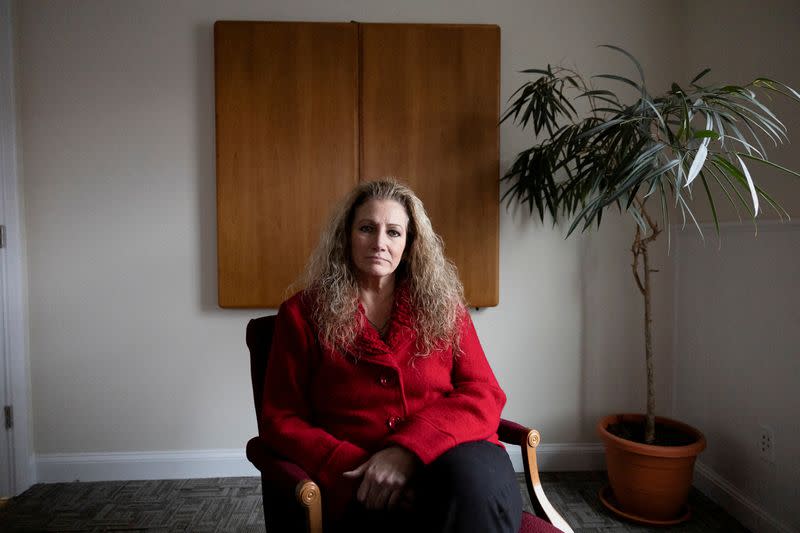On June 5, 2025, the U.S. Supreme Court unanimously ruled in favor of Marlean Ames, an Ohio woman who claimed she was denied a promotion at the Ohio Department of Youth Services because she is heterosexual. This landmark 9-0 decision, written by Justice Ketanji Brown Jackson, makes it easier for individuals from majority groups—like white or straight employees—to pursue “reverse discrimination” claims under Title VII of the Civil Rights Act of 1964, which prohibits workplace discrimination based on race, color, religion, sex, and national origin, including sexual orientation.
The Case: Marlean Ames’ Story
Marlean Ames, who worked for the Ohio Department of Youth Services for nearly two decades, sued her employer after being passed over for a promotion in 2019. Instead, a gay woman was hired for the role. Shortly after, Ames was demoted with a significant pay cut, and a 25-year-old gay man took her previous position as administrator of the Prison Rape Elimination Act (PREA). Ames argued that her employer discriminated against her because of her sexual orientation, violating Title VII.
Lower courts initially dismissed Ames’ lawsuit, citing a “background circumstances” rule. This rule required majority-group plaintiffs, like Ames, to provide extra evidence proving that their employer unusually discriminates against the majority—something minority-group plaintiffs don’t have to do. The U.S. Court of Appeals for the 6th Circuit upheld this decision, stating that Ames failed to show that her employer, where decision-makers were also heterosexual, had a history of discriminating against straight employees.
The Supreme Court’s Ruling
The Supreme Court rejected the “background circumstances” rule, calling it inconsistent with Title VII. Justice Jackson wrote that the law’s standard for proving workplace discrimination should not change based on whether the plaintiff belongs to a majority or minority group. The decision eliminates a higher legal hurdle that applied in 20 states and Washington, D.C., making it easier for majority-group members to bring discrimination claims.
Justice Clarence Thomas, joined by Justice Neil Gorsuch, wrote a concurring opinion, criticizing the rule as a “judge-made” standard that unfairly favored minority-group plaintiffs. Thomas argued that it wrongly forced majority-group members, like white or straight individuals, to meet a stricter evidentiary standard, calling it a “sordid business” of dividing people by protected traits.
The Bigger Picture: DEI and Reverse Discrimination
This ruling comes amid growing debates over diversity, equity, and inclusion (DEI) policies in the United States. Under the Trump administration, which began its second term in 2025, the federal government has targeted DEI programs, firing










